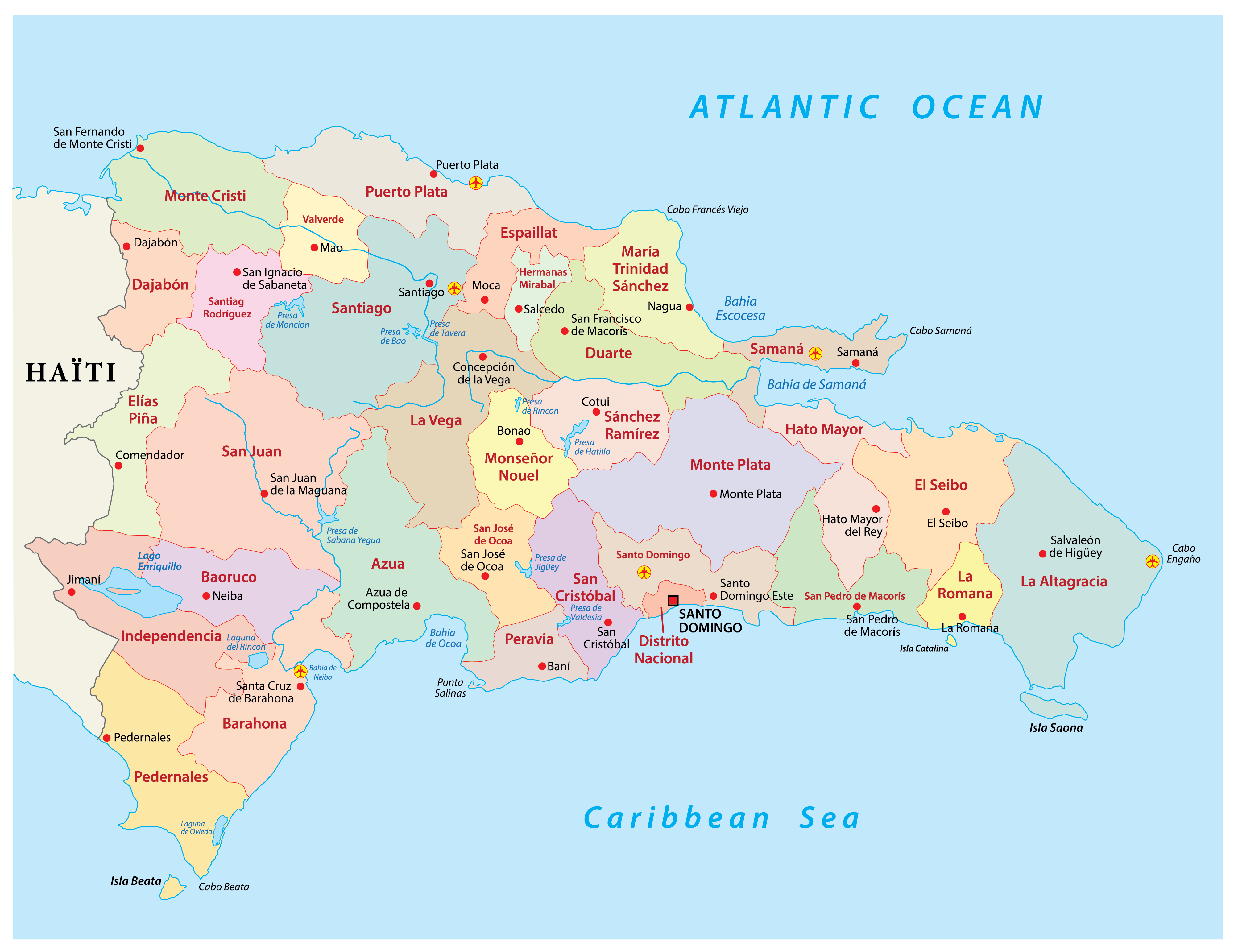Dominican Republic: Malaria Increase
DU-ers heading to the Dominican Republic this winter take caution.
 Anopheles mosquito
Anopheles mosquito
Southern Dominican Republic has seen an increase in Malaria.
984 cases have been reported to date in 2024. Only
265 people were affected last year in the same reporting cycle.
Three provinces recorded the highest incidence of malaria: Azua (485), San Juan (453), and Bahoruco (six).

Malaria when not treated in time can have serious consequences, according to organizations such as the Pan American Health Organization (PAHO), a contagion can cause serious kidney and brain complications in a person, and even death.
Symptoms of the disease can include fever, vomiting and headache. But the classic form of manifestation in the body is with high temperatures, accompanied by sweating and chills, which appear 10 to 15 days after the mosquito bite.
Dengue is another vector-borne disease that is present in the Dominican Republic, where a tropical environment predominates, making it conducive to more than one person having to be assisted in a health center each year for becoming infected.
Mosquitos are man’s greatest acme predator. Mosquito-borne diseases kill more than one million people and infect up to 700 million each year – almost one in ten people. As the planet warms and climate change lengthens the mosquito season, the world’s deadliest creature will expand its geographical range to new regions and re-emerge in areas where mosquito numbers had subsided for decades.
Sources:
https://eldia.com.do/la-malaria-tiene-presencia-activa-en-el-sur-del-pais/
https://www.worldmosquitoprogram.org/en/news-stories/stories/explainer-how-climate-change-amplifying-mosquito-borne-diseases
https://www.paho.org/en/topics/malaria

